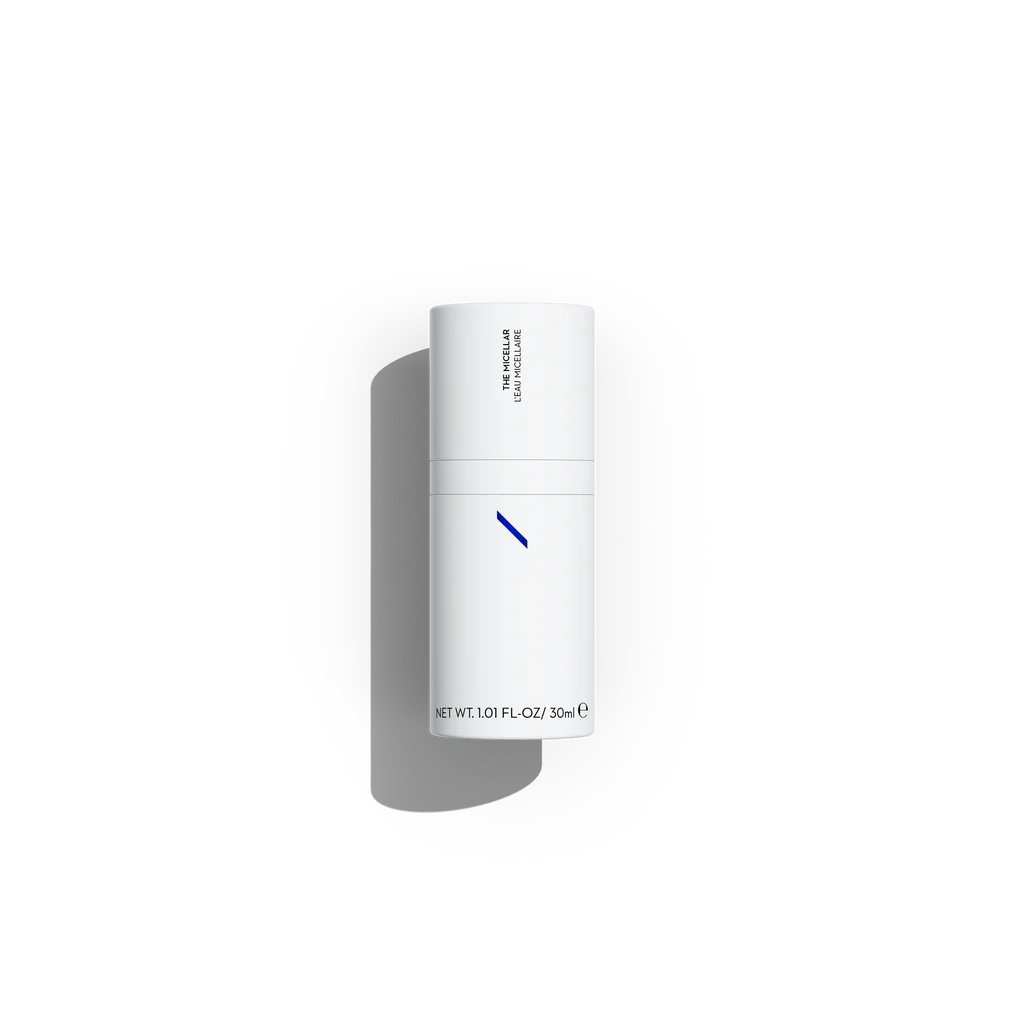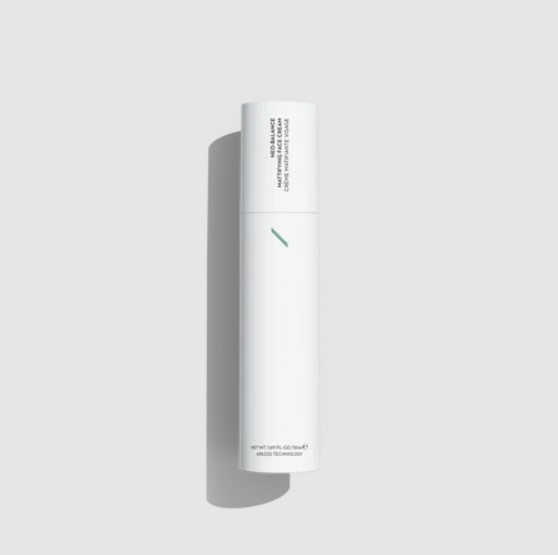Introduction to Clean Beauty Products : What You Need to Know?
Clean beauty products are safe, non-toxic, and have transparent ingredient labels. However, transitioning to clean beauty can be overwhelming due to the vast amount of information and confusion between toxin-free and well-marketed brands. A sense of security comes from knowing products won’t disrupt hormones, increase cancer risk, or cause allergic reactions. This post aims to guide individuals transitioning to clean beauty without overwhelm. Which ingredients are inappropriate for a clean beauty product? Avoid red-flag ingredients in beauty and personal care products by checking labels for common culprits, such as the following: -Paraben Parabens are chemicals used as preservatives in cosmetic products to inhibit harmful bacteria and mold growth. However, studies suggest they disrupt hormones in the body, mimicking estrogen in both men and women, potentially affecting fertility. Parabens, also known by various names, can disrupt endocrine function and affect fertility. It is crucial to identify and check the labels for these preservatives. -Fragrance The International Fragrance Association reports over 3000 materials used in fragrance compounds, some of which have been linked to health issues like reproductive toxicity, cancer, and allergies. Fragrance can refer to various products and can be made from various materials. It’s best to avoid fragrances unless the label specifies the ingredients or the company discloses this information. -Ethoxylated Ingredients Ethoxylated ingredients are chemical compounds created through ethoxylation, combining ethylene oxide with fatty acids or alcohols to create surfactants used in personal care, industry, and agriculture. However, ethoxylation can leave hazardous contaminants like 1,4-dioxane, which is classified as a possible carcinogen by the International Agency for Research on Cancer. Look for PEG-X and Polysorbate-X, or words ending in -eth. How do you transition to clean beauty? Here is a simple process to get started on the transition to clean beauty: -List all personal care and Beauty Products Enumerate all the personal care and beauty products that you use. We’re talking about makeup and skincare, as well as hair and body care products like lotion and shaving cream. It can also include Vegan Beauty Products. -Encircle the items you use most frequently. After you’ve created your big list, go through it and circle the products you use every day (or almost every day). These are the products you should focus on first when switching. -Start with one of those items you use every day. Instead of attempting to switch everything at once, begin by selecting one of the daily-use products you circled in the previous steps. We recommend starting by switching your deodorant because it is close to one of your largest sweat glands and breast tissue. -Buy a few clean substitutions of that product to test Depending on your budget, we recommend trying up to three clean alternatives to the product you want to switch to. It’s fine to try one at a time, and if you like the first one, stick with it! If you don’t, try again. -Decide on one and go on to the next item on the daily-use products list After you’ve tried one or more cleaner alternatives for whatever product you’re switching to, choose the one you prefer. Once you’ve replaced this item, cross it off the list. -For the other items on your list, repeat the procedure After swapping out the first product you chose, move on to another on your daily-use Beauty Products Brands List and repeat until you’ve replaced all of the products you use the most with clean alternatives. Once you’ve swapped out all of the daily-use products you circled in step 2, move on to the rest of the list. How Do You Determine Whether a Beauty Product Is Clean? -Check the label for red-flagged ingredients We recommend learning the major red flag ingredients to look for—and how they may appear on a label—so you can identify them. Fragrance/parfum, parabens, ethoxylated ingredients, PEGs, and ethanolamine compounds are some of the ingredients that raise red flags. -Examine it using apps like EWG EWG is a useful app for determining product cleanliness, but it often provides limited information. The EWG Skin Deep database updated its automated rating generator, no longer considering specific percentages of ingredients in formulas. This is because brands must invest in EWG verification processes. You should also check for other similar apps. -See if experts on ingredients recommend it Another helpful way to find truly clean products and dependable Cosmetic Product Brands is to consult with experts who research products for a living. You don’t have to be an ingredient expert to learn how to read labels and spot major red flags; simply follow the recommendations of those who are! How can you budget for the clean beauty transition? Many people believe clean beauty is expensive, but investing in healthier options is not a lost cause. Despite the short-term costs and potential health consequences, with creativity and a few adjustments, you can make significant investments in clean beauty. Here are some pointers for making the transition to clean beauty on a budget. -Search for discounts. To save money when switching clean beauty brands, consider using discounts and sales. Some brands offer a certain percentage off your first order for entering your email address, and some offer discount codes to influencers or customers who share or refer friends. If you want to try a brand but don’t have the money, check their contact information and inquire about upcoming sales. -Make your daily skin care products a priority. The skin, being the largest organ, quickly absorbs substances, so it’s recommended to use cleaner skin care products, especially daily ones. If you use deodorant and wash your face daily, replace them with the best skin whitening products that are clean. This can help alleviate the financial stress associated with transitioning to clean beauty. Select clean beauty brands that are affordable. Clean beauty brands can be expensive, but there are more affordable options available. However, budget-friendly brands may not perform as well as desired, leading to reverting to toxic products. Investing in high-performing clean beauty products is worthwhile, even if … Read more


